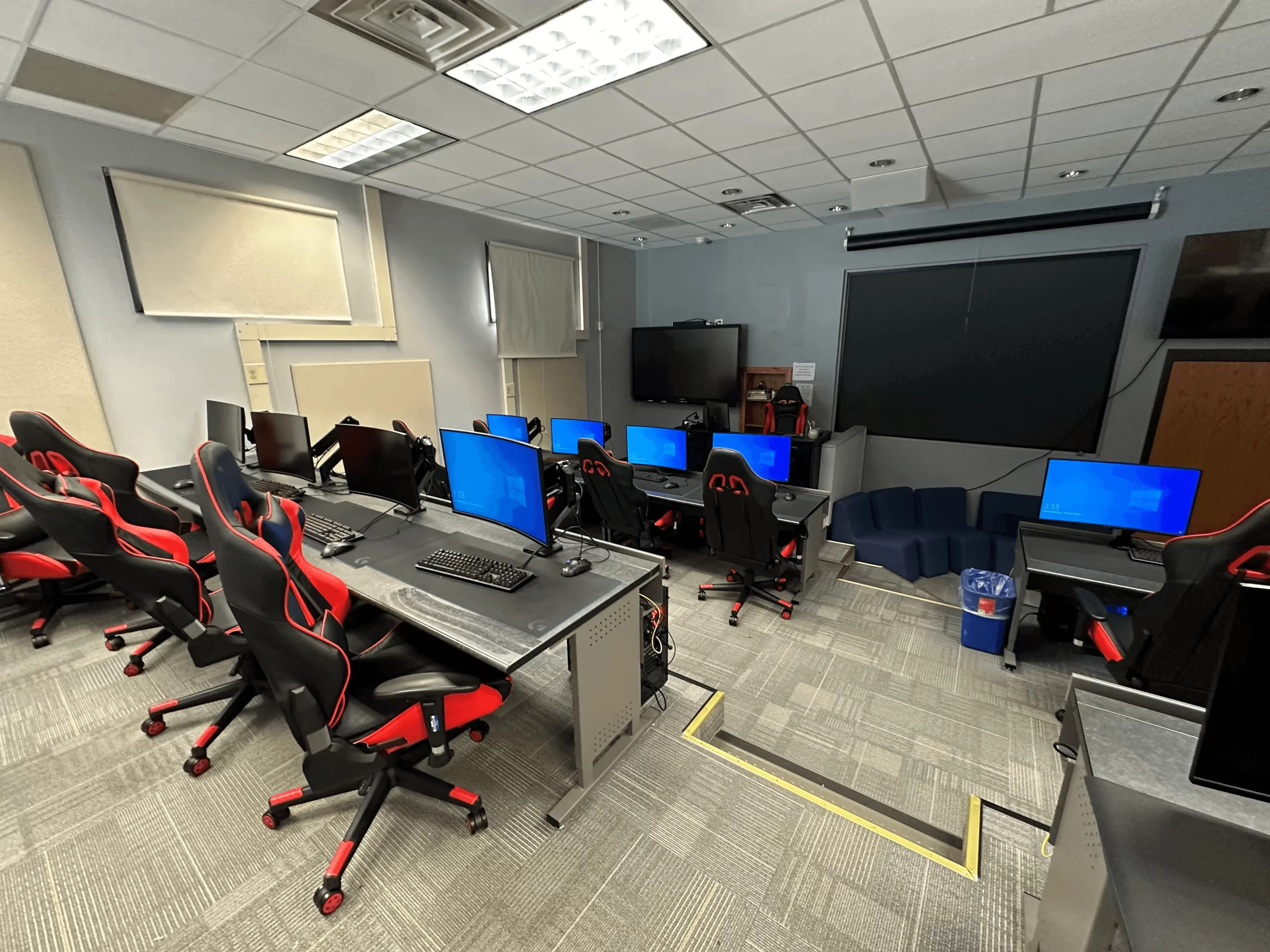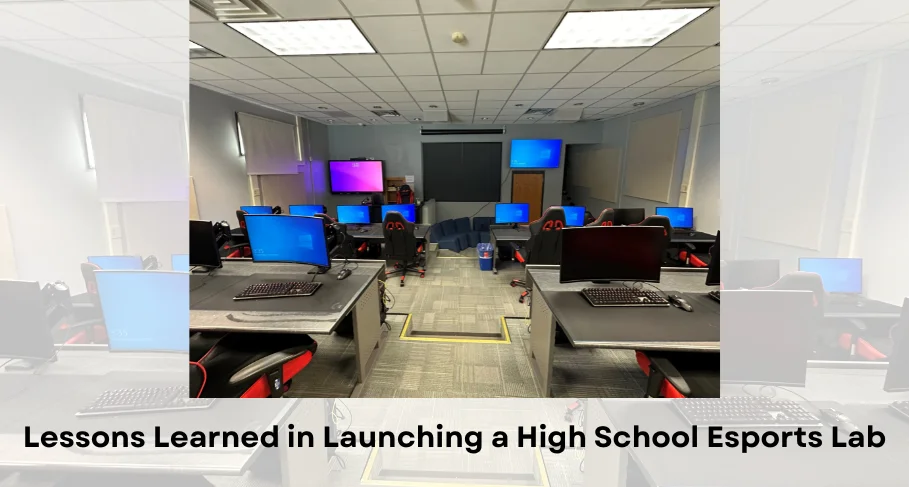Esports is a great avenue to engage students who might not otherwise join a sports team. As more schools offer esports as a school-sanctioned sport, IT departments need to be ready. Just as volleyball teams need gymnasiums and nets, esports teams need an environment and equipment to compete.
My small district, South Glens Falls Central School District in upstate New York, started an esports team in 2020. I was excited to be part of the group bringing it to our school however, as the IT director, I wondered how to make the technology aspect work while minimizing distractions and keeping students safe. Our initial plan was disrupted by COVID-19 but we prevailed and successfully built a lab and launched a program.
Here are four key lessons from that experience.
It takes a team to build a team
Esports is recognized for helping students build teamwork skills. The same is true for starting a new lab. Initially, our school board was not enthusiastic about dedicating school resources so students could play video games. Persuading the board to see the value of esports took representatives from across our district, including teachers, administrators, and our IT team.
Together we were able to show how esports helps students develop skills valued by employers, form long-lasting friendships, and include students of all skill levels, physical abilities, gender identities, or age. Additionally, because our IT team worked so closely with teachers, we could clearly articulate to the board our technology needs and plans to repurpose existing space and equipment.
Fun and focus can co-exist
Naturally, student distraction is the primary concern of introducing video games or other non-traditional online elements into a classroom. Early on, our team addressed the need to keep other students from accessing those games on the same computers or through school networks when they weren’t supposed to. We had to have a system in place to keep students focused.
Teachers started by talking to students about expectations. Every group that used the lab set rules for students, whether they were participating in a class or practicing or competing in esports.
To provide an extra layer of assurance against distractions, we adopted NetSupport’s educational software. The software lets our IT team and teachers monitor student activity, including students’ screens, applications and websites, and who they are collaborating with. When the esports coach needs players’ attention, they can lock students’ screens simultaneously. What’s even better is that the control can happen at an individual level, too, so we can open access for our esports team during their practice or games without introducing distractions into other classrooms. NetSupport’s internet and application metering tools gave us the confidence that we could introduce esports into our school environment while seamlessly creating a safe learning environment that promotes responsible use of technology.
Not everything has to be new
Building an esports lab does take an investment of resources. Labs need gaming PCs with fast processors and graphic cards, computer towers, large monitors, keyboards, mice, and headsets. Plus students need a well-designed space to compete in and practice.

We needed to be resourceful. Our school had recently transitioned to a 1:1 device model, which freed up PCs and computer labs for repurposing. Previously, our esports lab was a classroom used for distance learning. The room was already set up in an auditorium style — ideal for students to sit near each other while still maintaining space for gaming setups. But we needed additional risers to fit in the full team. That’s when we turned to internal resources. Working with the maintenance team, we were able to convert the space into a fully capable esports lab. Members of our IT team also helped, building new computers and adapting existing equipment to handle the processing speed esports needed.
Build a multi-purpose lab
Another way we adopted a repurpose-and-reuse mentality was to make the esports lab multi-purpose. Similar to how our gymnasium and outdoor fields are used for physical education, the computer lab for esports is also used for academic classes. Students can use the same high-speed computers in computer science and digital art. With the popularity of these technology-based fields and student interest in esports, the lab is continuously in use.
According to some reports, 8,600 high schools have esports teams — about one-third of the country! As esports programs multiply, IT teams will be called upon to build effective labs to support student interest. The success of our program demonstrates that with collaboration, a resourceful mindset, a commitment to multifunctional spaces, and keeping academics at the center, any school, regardless of size, can embrace the trend.


